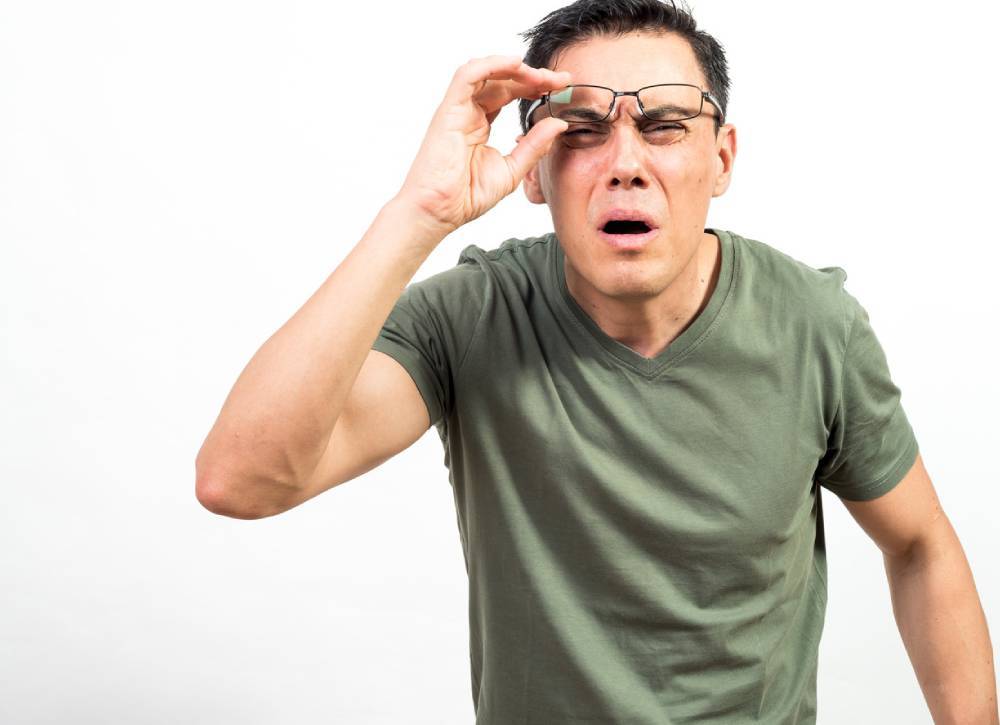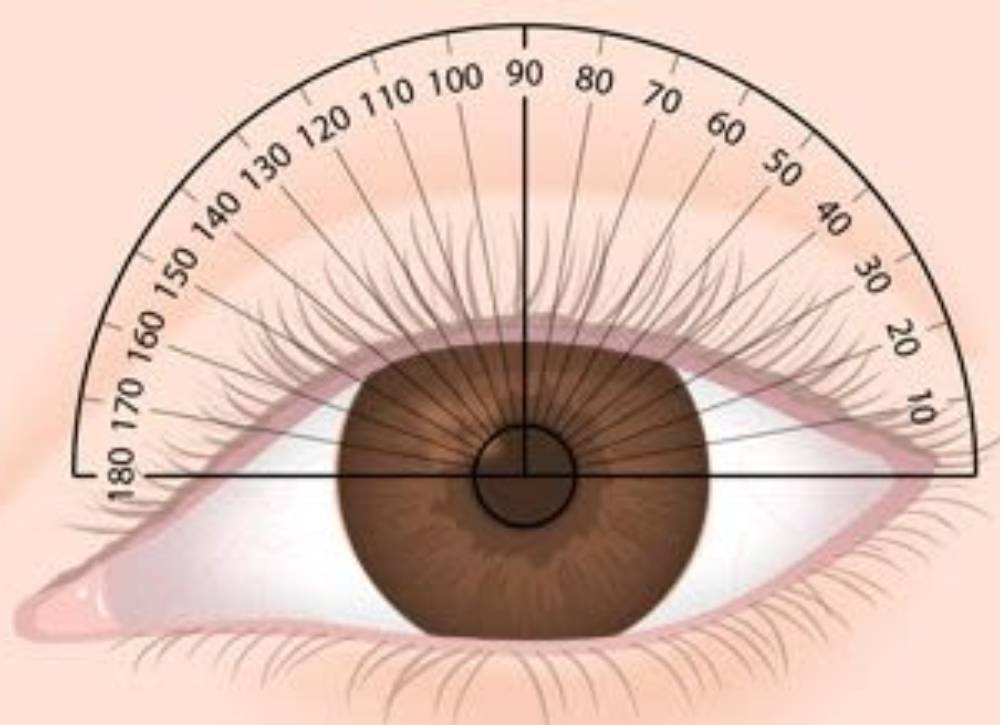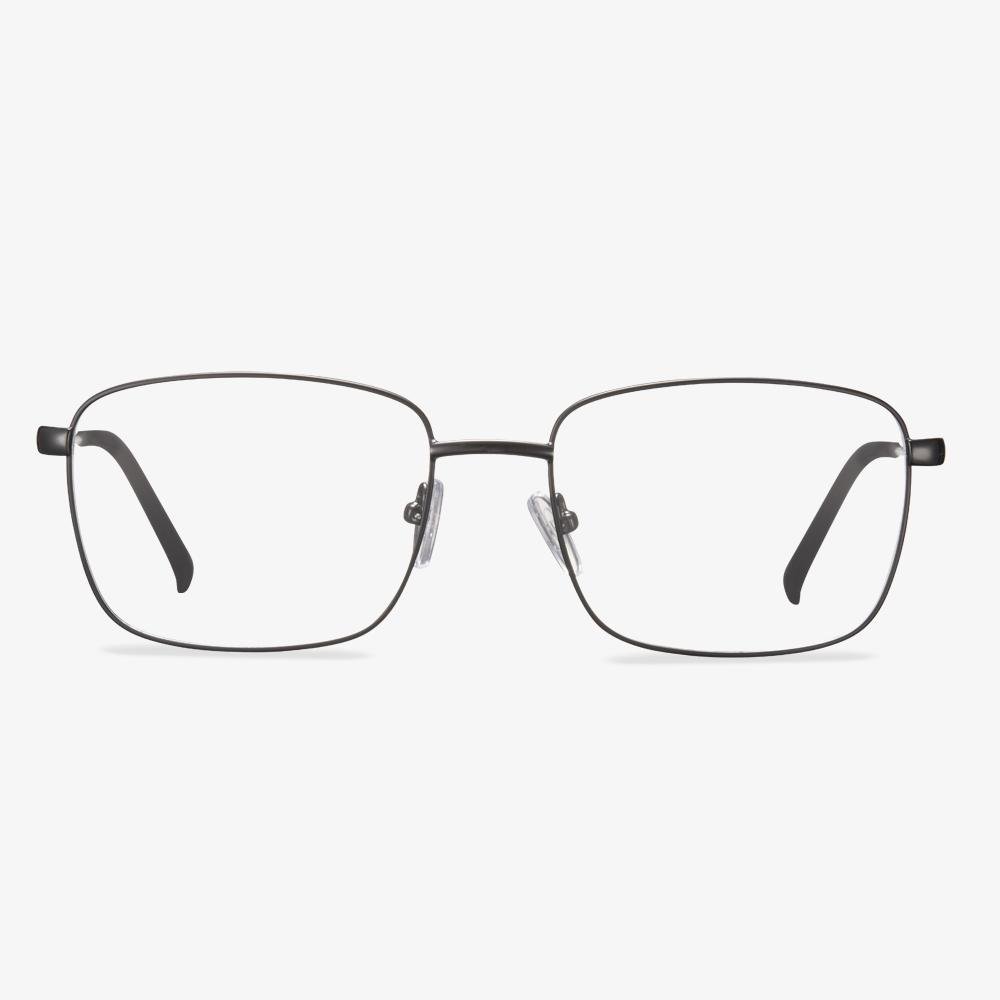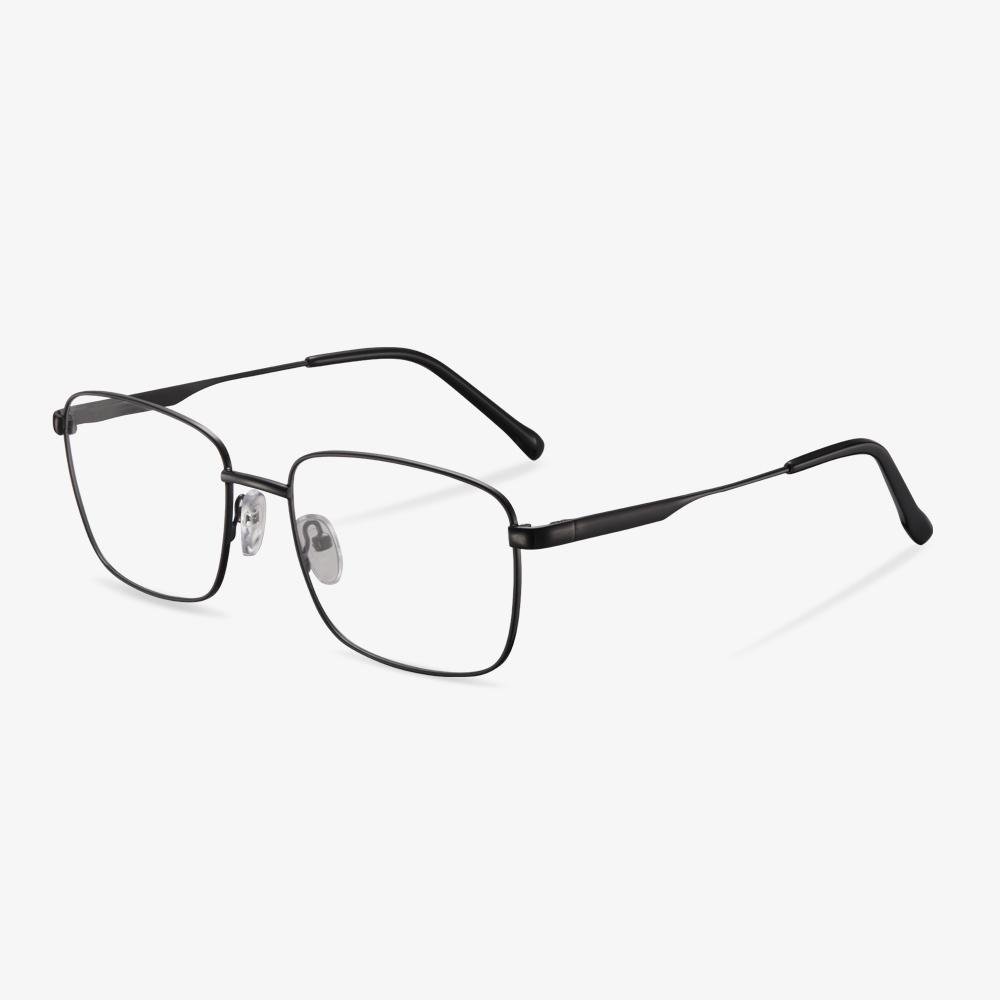Nearsightedness and farsightedness are common eye conditions. However, it can be confusing to remember the differences between nearsightedness and farsightedness. So, in this post, we will show you how to tell nearsightedness and farsightedness and introduce the differences between them.
What Is Nearsightedness?
Nearsightedness, also called myopia, is the ability to clearly see objects that are close to you but have difficulty seeing objects that are far away.
What may cause nearsightedness? Our eyes help us see converting light into images. When light hits our eyes, it travels from the cornea through the pupil and all the way back to the retina. The retina can pass the light off to the optic nerve, which sends electrical impulses to the brain. If you are nearsighted, there will be a refractive error, which means that can’t be properly focused on the retina.
The main symptom of nearsightedness is noticing blurriness when trying to see objects in the distance. For example, you may have difficulty reading signs while driving or seeing the handwriting on a whiteboard at school. Apart from these, you may also have additional symptoms, such as headaches, squinting, eye fatigue, or soreness.
What Is Farsightedness?
Farsightedness, also called hyperopia, means that you can clearly see objects far away but have difficulty in seeing close objects clearly. Farsightedness is based on the shape of the eye. The cornea and lens are the part of the eye that refracts incoming light into the retina. Once the retina receives the light, it passes it off the optic nerve which carries the information to the brain. Farsightedness is typically seen in cases where the cornea is flat, or the eyeball is shorter than normal. This condition is likely inherited through your genes.
The symptoms of farsightedness may include squinting, pain, burning, or aching around the eyes, headaches associated with reading, or other tasks that require focus on nearby objects.
How to Tell If You Have Farsightedness or Nearsightedness?
As for nearsighted vs farsighted, you may have learned from the above part. However, do you know how to tell if you have farsightedness or nearsightedness? To tell them, try to test which objects in your view are blurriest.
First, make sure your eyes are rested by looking away from any screens or closing your eyes for a few minutes.
Then try to read a few pages in a book. Do the words look blurry? Do you have a headache afterward? If yes, you may be farsighted.
Next, try to look at something in the distance from about 10 feet, such as a sign on the street or a poster on a wall. Can you see the words and shapes clearly enough to read or distinguish what they are? If not, you may be nearsighted.
If you have difficulty seeing objects that are both near and far, it is possible that you have both nearsightedness and farsightedness.
Of course, the most accurate way to tell if you have nearsightedness or farsightedness, you can see an eye doctor and have a check.
If you have nearsightedness or farsightedness, you may need to wear a pair of glasses or correct them. In this case, you can try Koalaeye glasses. They are stylish and come at a cheap price. In addition, the package will be mailed for you free with your great convenience.
To sum up, as for nearsightedness vs farsightedness, after reading this post, you may have got the answers. If you have any different ideas for near sighted vs far sighted, you can share them in the comment zone. If you have any problems with glasses or sunglasses, you can contact us via the email service@koalaeye.com and we will reply to you as soon as possible.




































